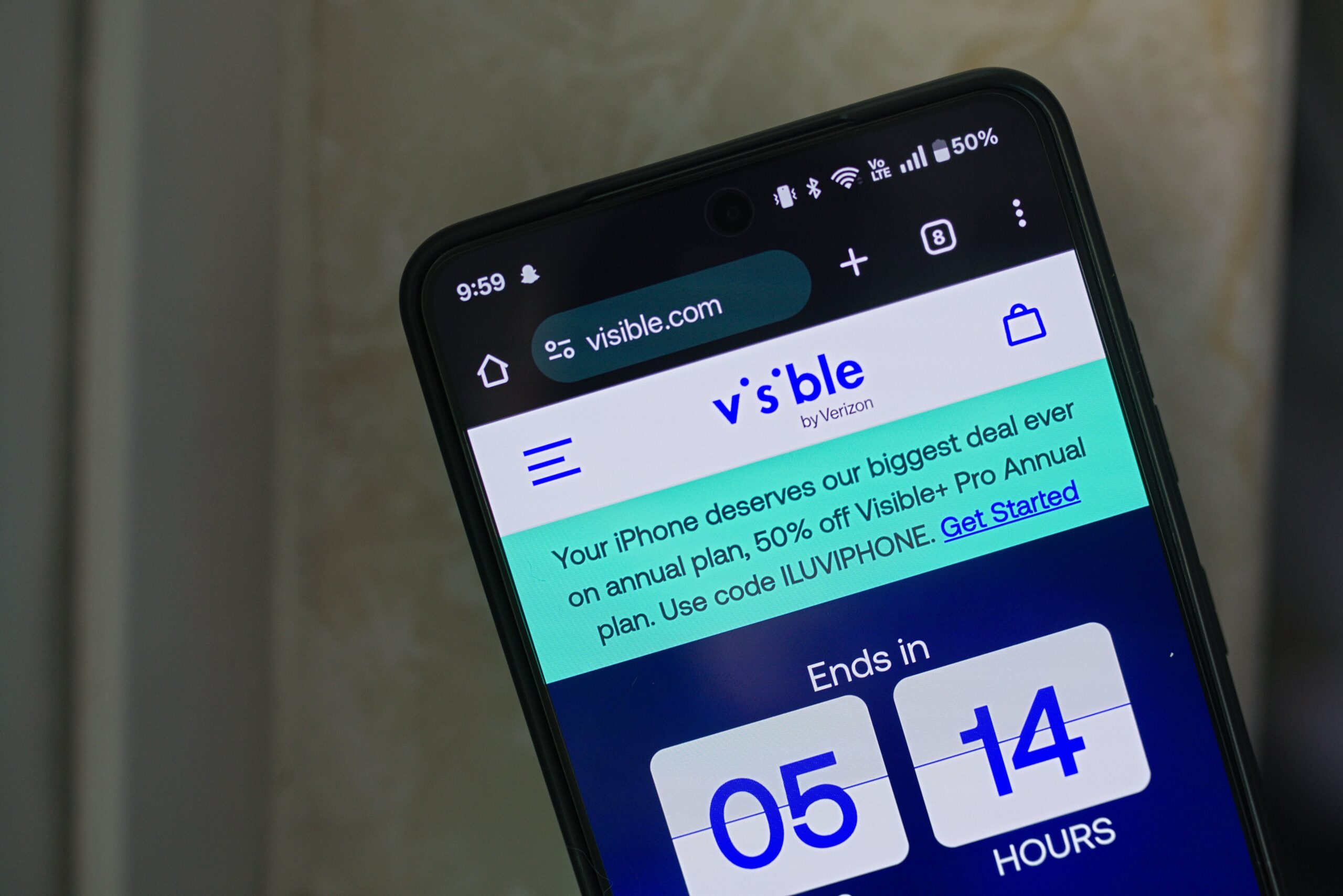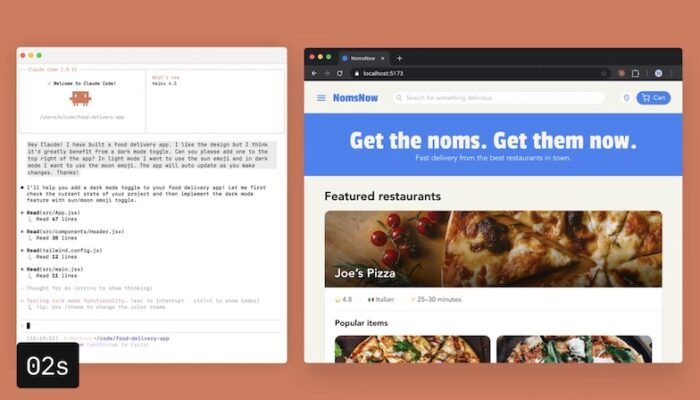All products featured on WIRED are independently selected by our editors. However, we may receive compensation from retailers and/or from purchases of products through these links. Learn more.
Prepaid phone plans are for more than just setting up a burner phone. Instead of getting locked into a contract and indefinitely paying for a phone you may never actually own, prepaid phone plans promise lower prices while delivering the same coverage and speed as the major networks like AT&T, T-Mobile, and Verizon. What’s not to love?
Although prepaid phones sometimes get a bad rap, they make a lot of sense for some customers, particularly if you’re partial to buying unlocked phones and owning them outright. By cutting out contracts that stipulate several lines, financing on phones like the iPhone 17 that can climb well over $1,000, and extras you may not need, like mobile hot spot coverage, prepaid phone services end up much cheaper than major carriers without big performance losses. Still, they aren’t made equally. Most prepaid phone providers tap into an existing cellular network, but they have different limitations on how much access you have to that network. Here’s everything you need to know.
Check out our other mobile guides, including the Best iPhones, Best Android Phones, Best Cheap Phones, Best Samsung Phones, Best Motorola Phones, and Best Google Pixel Phones.
What Are Mobile Virtual Network Operators?

Photograph: Jacob Roach
Prepaid phone plans used to be easy to sort out, but after decades of mergers and acquisitions, the lines have gotten a little messy. The best place to start is the difference between mobile virtual network operators (MVNOs) and mobile network operators (MNOs). MNOs own and operate a mobile network, and they include T-Mobile, AT&T, and Verizon. MVNOs use an existing network. For example, Cricket Wireless uses AT&T’s network, while Google Fi relies on T-Mobile.
The lines between MNOs and MVNOs have blurred in recent years. Previously independent MVNOs like TracFone have been gobbled up by larger carriers (in this case, Verizon). Other brands used to operate mobile networks but now serve as MVNOs. A good example of that is MetroPCS, which merged with T-Mobile in 2012 and eventually became Metro by T-Mobile in 2018.
With how intertwined MVNOs and MNOs are these days, it’s hard to separate them based purely on infrastructure. The more important distinction is whether your phone plan is prepaid or postpaid: With a prepaid plan, you pay for your data and time up front. With a postpaid plan, you’re billed for the data you’ve used after you’ve already used it.
Beyond when you pay, there are a few other aspects that separate MVNOs from traditional MNOs:
- Unlocked phones. The idea of a “carrier-locked” phone doesn’t exist with MVNOs. You’ll need an unlocked phone to use with an MVNO.
- Bring your own phone. MVNOs generally don’t force you to lease (or finance) a phone as part of your service, bringing down the price. Ideally, you’ll buy a phone outright and bring it to an MVNO.
- No contracts. Because MVNOs are prepaid, you don’t have to sign a contract. You pay for your service upfront.
- Lower prices. MVNOs are almost universally less expensive than a major carrier. Some of the reasons are obvious, like the fact that you need to buy a phone outright, but others are hidden away, such as congestion speeds (more on that later). Regardless, you’ll spend less with an MVNO in almost every case.
Those are the broad differences, but you’ll find smaller distinctions within MVNOs themselves. For instance, Tello Mobile is what you’d call a “full MVNO,” managing everything from marketing to billing and customer service. Boost by T-Mobile is a lighter MVNO, where aspects of service like support are more closely tied to a major carrier (in this case, T-Mobile).
Downsides of MVNOs and Prepaid Mobile Plans

Photograph: Jacob Roach
It’d be great if prepaid MVNOs were cheaper than major carriers without any downsides, but that’s not the case. For MVNOs, the devil’s in the details. MVNOs are treated somewhat as second-class citizens on the network, at least when push comes to shove. That means you might experience slower or even throttled speeds in some cases.
MVNOs aren’t forthcoming about these limitations, but you can find them spelled out in policy documentation. Let’s look at Mint Mobile’s network management policy as an example.
The first hurdle is deprioritization. “Other brands may be prioritized higher on the T-Mobile network,” reads Mint’s network management policy. “For all Service plans, T-Mobile may also reduce speeds during times of network congestion.” These policies aren’t clear about how severe the slowdown is, but generally, if a network has a lot of congestion, MVNOs will see slower speeds before those on major carriers.
In most parts of the country, this isn’t a problem. However, you’ll likely experience slower speeds in major cities and at large events. If you’re at a concert and everyone is trying to post Instagram stories and TikToks, you’ll probably notice a significant slowdown.
Another downside with most MVNOs is throttling. You’ll be able to purchase an “unlimited” data plan, but there are usually soft caps to the amount of data you can use before speeds slow. Again using Mint as an example, it classifies “heavy data users” as those who use more than 35 GB of data in a month, and it says these users will “have their data usage prioritized below the data usage (including tethering) of other customers at times and at locations where there are competing customer demands for network resources, which may result in slower data speeds.”
Those are the two big drawbacks, but some smaller limitations pop up depending on the provider you look at. Mint, for instance, uses “video optimization,” which basically means video streams are capped at standard definition when using mobile data (480p). This happens automatically on the network, even if you’re trying to stream a higher resolution.
I’m using Mint as a touchstone here, but these practices are common among most MVNOs. Cricket has similar data restrictions and video limitations as does Optimum Mobile. Major carriers that have direct prepaid plans, like T-Mobile, generally have higher data limits before reducing speeds.
Outside of those limitations, some MVNOs don’t offer additional cellular features like roaming or a mobile hot spot. Those limitations aren’t universal, but they’re some good things to look out for when you’re looking at providers and plans.
Can You Use the Same Number With a Prepaid Mobile Plan?
The US Federal Communications Commission (FCC) determined decades ago that phone providers don’t own phone numbers. Broadly, you’re allowed to keep your number when transferring to a new carrier, regardless of whether that’s a prepaid or postpaid carrier. In fact, since 2009, the FCC requires carriers to transfer—or, more properly, “port”—your number within one business day.
Under the FCC’s rules, a carrier can’t deny porting your number, even if you refuse to pay a porting fee. However, porting fees are allowed. Some carriers, such as T-Mobile, don’t have any fees for porting your number. Others charge anywhere from a few dollars to $20.
There are situations where you can’t port your number—for instance, if you’re moving to a different region. Most MVNOs allow you to check if you can bring your own number over. Visible by Verizon, for example, features a portability checker on its website, along with a detailed guide on transferring your number.
T-Mobile is a mobile network operator, or MNO, so it wouldn’t fall under the category of an MVNO. However, T-Mobile owns several MVNOs, including Metro by T-Mobile and Mint Mobile.
Do Prepaid Phone Plans Need a Credit Check?
You generally don’t need a credit check with prepaid phone plans. Virtual carriers like Metro by T-Mobile use prepaid service instead of postpaid service. You pay for your calls, texts, and data up front, while traditional carriers use a postpaid model where you’re billed at the end of your billing cycle.
Although prepaid phone services don’t need a credit check for the service itself, you may need a credit check if you want to finance or lease a phone. Many prepaid phone services allow you to bring your own device if you’re unable to finance or lease a new phone.
Can I Bring My Own Phone to an MVNO?
Nearly all MVNOs allow you to bring your own phone. That’s one of the big advantages of using an MVNO over a major carrier, in fact. You’ll need an unlocked phone, however.
T-Mobile, Verizon, and AT&T all allow you to unlock devices that are locked to their networks, with some stipulations. For instance, Verizon keeps your device locked for 60 days from the purchase date. Regardless of the particular policy, you’ll need to own the device outright before you can unlock it.
MVNOs and the Networks They Use
There are a ton of MVNOs, and I don’t use “a ton” lightly. There are dozens and dozens of prepaid providers, absolutely, but also smaller, niche MVNOs. For instance, Secure Phone is an MVNO largely focused on selling its own GPS-tracking phone and app; the cellular service isn’t the main draw. There are also plenty of MVNOs that aren’t really around anymore. GoSmart Mobile, for example, still allows you to sign up for a plan on its website, but it doesn’t offer anything beyond 3G speeds. I’ve excluded those providers.
Here’s a list of MVNOs mainly focused on providing prepaid cellular service, separated by network. Most MVNOs only use a single network, but some tap into multiple networks. You’ll see those names listed multiple times. I haven’t included providers that use other networks for roaming. Boost Mobile, for example, uses its own network, but it taps into the T-Mobile and Verizon networks when roaming.
MVNOs on the T-Mobile Network
- Astound Mobile
- boom! Mobile
- Flex Mobile
- Fliggs Mobile
- Gen Mobile
- Google Fi
- Helium Mobile
- Infimobile
- Jethro Mobile
- Kroger Wireless
- Metro by T-Mobile
- Mint Mobile
- Mobi
- Noble Mobile
- Optimum Mobile
- Patriot Mobile
- RedPocket Mobile
- SpeedTalk Mobile
- Tello Mobile
- Teltik
- Ting Mobile
- Ultra Mobile
- US Mobile
MVNOs on the Verizon Network
- Affinity Cellular
- boom! Mobile
- Cox Mobile
- Credo Mobile
- Infimobile
- MobileX
- Page Plus Cellular
- Patriot Mobile
- RedPocket Mobile
- Simple Mobile
- Spectrum Mobile
- Straight Talk Wireless
- Ting Mobile
- Total Wireless
- TracFone
- US Mobile
- Visible by Verizon
- Walmart Family Mobile
- Xfinity Mobile
MVNOs on the AT&T Network
- AirVoice Wireless
- Consumer Cellular
- Cricket Wireless
- H2O Wireless
- Klarna Mobile
- Patriot Mobile
- PureTalk
- RedPocket Mobile
- Ting Mobile
- Unreal Mobile
- US Mobile
Be Picky With Prepaid Plans
There’s nothing wrong with a prepaid phone, especially today. Although prepaid plans sprang up as an alternative for customers who couldn’t pass the credit checks to lease or finance a phone, that’s not the case today. There are budget phones that carriers will (almost literally) give away for free, and most carriers own a handful of prepaid services for customers who don’t want a contract.
You should be careful when browsing MVNOs, though. It takes little more than some startup money, a graphic designer, and a bit of promotion to spin up an MVNO—just look at Trump Mobile. MVNOs are all using existing infrastructure, so performance actually isn’t as important as it seems. It’s more important to pay attention to the limitations of service and customer service. That’s what MVNOs provide.



